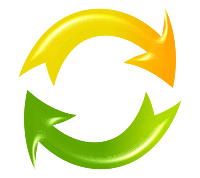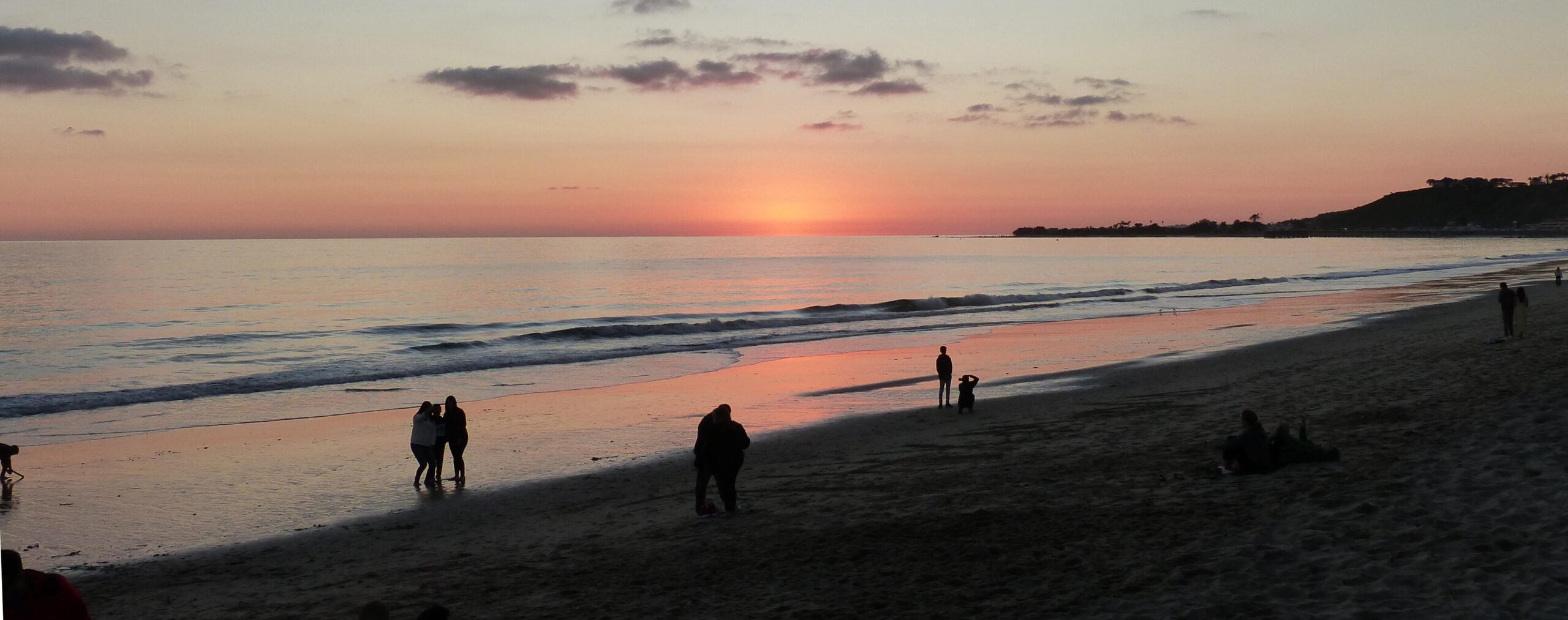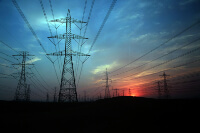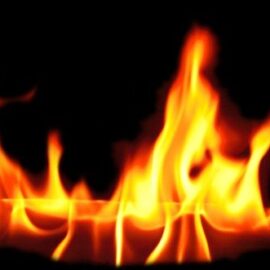
Welcome to Episode 3 of Warming World Explained. I’m Beth Stoeckly, your host. Today I’ll be talking about why things may change faster than we would guess based on the recent past. But before I get to that, I’d like to emphasize that I’m doing this podcast to try to make things clear, so if you have questions, the only way I’ll know that I haven’t been clear is if you tell me. If you are getting this podcast from my website, warmingworldexplained.com, there is a link to send me an email. If you are going to a directory, you can still email me at info – I N F O – info@warmingworldexplained.com. I will try to answer questions by email or in an upcoming episode, or both. And I promise I will never use you email address for any purpose except to answer your email. I am just as disgusted as you are with organizations that you dealt with once and now they want to spam you twice a day for the rest of your life.
Today, I am going to talk about some aspects of climate change that I find worrisome. This is not a political talk. Facts are not political. What should be done about the facts and who should do it are political questions, but facts are just facts.
People estimate future events based on the past. If you were told that the average temperature of the earth increased by about 0.2 degrees Celsius in the last decade, you might think “0.2 degrees in a decade; that’s 2 degrees in a century.”
Even that would be enough to worry about, because it takes an enormous amount of energy to warm the whole atmosphere and the land and the upper layers of the ocean by that amount. But not all the processes we need to think about follow that linear pattern; some are exponential.
First, I am going to talk about what kinds of systems exhibit exponential growth and why, and then I am going to discuss three examples in processes connected to climate change.
Engineers talk about a positive feedback loop; lay people talk about a vicious cycle. Either way, we are talking about cases where more of A causes more of B and more of B causes more of A.
For example, rabbits are not native to Australia. They were introduced by the British, who wanted to hunt them. Some got loose, and they had no predators in Australia, and they did what rabbits do. They made baby rabbits. And the baby rabbits grew up to be adult rabbits, and then there were more adult rabbits making more baby rabbits. And more baby rabbits grew into more adult rabbits and the still larger number of adult rabbits made a still larger number of baby rabbits. And the rabbit population grew exponentially.
Exponential growth doesn’t have to be a bad thing; good or bad depends on what is growing. Consider compound interest. You put a certain amount of money into the bank (called principal), and at the end of the interest period, the bank pays you interest, a percentage of the principal. But if the account compounds interest, then the interest is held in the account and added to the principal. The principal is now larger, so at the end of the next interest period you get more interest, which increases the principal more. More principal generates more interest, which results in still more principal, which generates still more interest… and the account grows faster and faster.
Now let us consider some vicious cycles, or positive feedback loops, affecting the climate. We met the first in the last episode. As the earth, atmosphere, and ocean warm, more water evaporates from the ocean. Then there is more water vapor, which is a greenhouse gas, in the atmosphere, which causes more warming, which causes more evaporation and more water vapor in the air, which causes more warming, and so on. Do you see the pattern that leads to exponential growth?
Another example is the methane trapped in permafrost at high latitudes. Methane is about 20 times as effective as carbon dioxide as a greenhouse gas, and billions of tons of it are trapped in permafrost. Some seepage is natural, but as the permafrost warms, it releases more methane. Which as a greenhouse gas causes more warming. Which causes the release of more methane. Another case of positive feedback and exponential growth.
When the sunlight hits the earth, some is reflected back into space and some is absorbed. What is reflected is visible light and it goes out through the atmosphere as easily as it came in. The part that is absorbed warms the land or the ocean, and it can only be radiated out as infrared, which is impeded by greenhouse gases in the atmosphere.
When sunlight hits snow and ice, a large part of it is reflected. But as the earth warms, glaciers and arctic ice melt, leaving darker land and seawater exposed. They absorb more of the sunlight coming in, which causes more warming. A little melting causes more warming which causes more melting which causes more warming ….
Of course, this can’t go on forever, eventually all the ice will be melted and the earth will be warming faster than it is today, even if the level of greenhouse gases were to remain the same.
Something else will happen when all the ice is gone. Right now a lot of the heat energy absorbed is going into melting ice, not into raising temperatures. It takes a lot of heat to melt ice.
You may have learned in school that if you take a sample of ice at a temperature below the melting point and heat it, the temperature will increase until it reaches 32 degrees Fahrenheit – the melting point – and then the heat you are giving it will go into converting the ice to water, still at 32 degrees. When the ice is all melted, if you continue heating, the temperature of the water will increase. This is true if you can do the experiment very, very slowly, so the temperature is always the same throughout the sample. In more realistic situations, the part of the ice which has already melted will start to increase in temperature even though some ice is still there.
I can remember in the days before microwave ovens, we would cook frozen vegetables by putting them in a pot with some water on the stove. I recall staring in frustration at a block of frozen spinach, still solid, while the water around it was actually boiling.
People who live in areas that get a lot of snow in the winter know that the snowplows pack the snow as they push it aside. They leave large banks of packed snow along the sides of the road. If the weather warms up suddenly, the air can reach 50 or even 60 degrees in the daytime while the snowbanks haven’t completely melted yet. These things occur because heat travels slowly into solid ice – or frozen spinach or packed snow – and because it takes a lot of heat to melt the ice.
Imagine you could do the experiment slowly enough to convert a pound of ice at 32 degrees Fahrenheit into a pound of water at 32 degrees fahrenheit. If you could isolate the pound of water and add the same amount of heat it took to melt the ice, that same amount of heat would raise the temperature of that pound of water from 32 degrees to 176 degrees Fahrenheit.
So what does this have to do with climate? Right now a lot the energy which the earth is absorbing is going into melting ice. But what happens when all the ice and snow are gone? Then all of the energy which is now going into melting ice will go into increasing temperatures of air, land and water. In other words, even if the concentrations of greenhous gases didn’t increase, the rate at which the average temperature of the earth will increase will be higher than it is now when all the ice and snow have melted. This not exactly a feedback loop, and the increase will not be exponential. But it is a factor to consider.
In summary, a viscious cycle, or a positive feedback loop occurs when a change causes something to happen which amplifies the change. Three important examples affecting climate change are: the release of methane from permafrost as it warms causes more methane to be in the air, which causes more warming; the melting of glaciers and polar ice leaving darker land and water exposed, which absorbs more of the sunlight which hits it, which causes more warming; and the warmer oceans evaporate more water and the extra water vapor is a greenhouse gas which causes more warming.
For all these reasons, the climate may change faster in the future than it is changing right now. In the next episode, I will talk about why making predictions is so hard. Until next time, Good Night for Warming World Explained.



